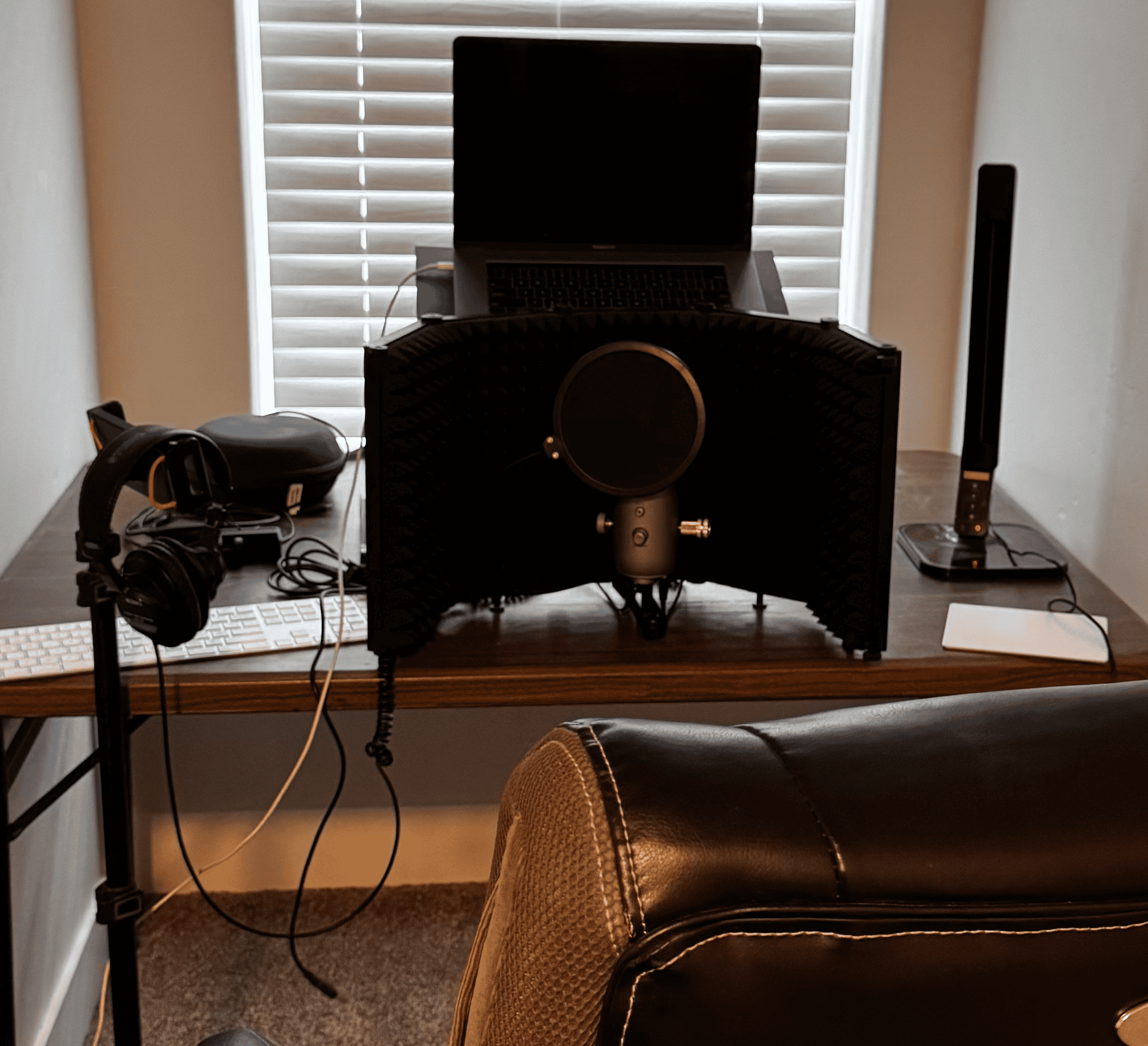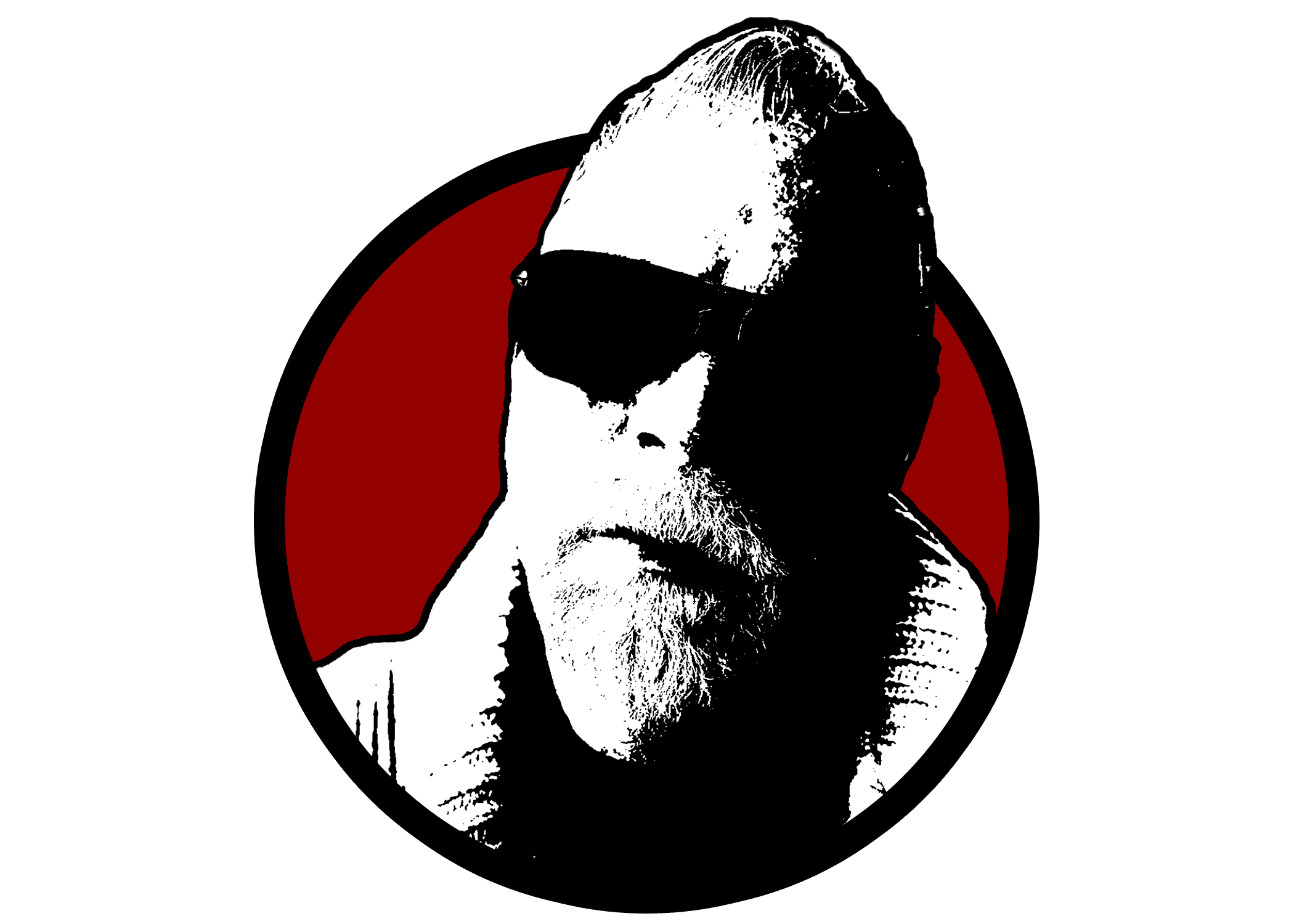5 Ways to Get Distance From Your Writing for Self-Editing

Self-editing is a crucial step in the writing process for authors. It transforms a rough draft into a polished manuscript ready for readers. The challenge often lies in gaining the necessary perspective to identify areas that need improvement.
Familiarity with your own work can create blind spots. You may overlook inconsistencies or awkward phrasing simply because you've read it too many times.
The Power of Distance
Taking a break from your manuscript allows you to return with fresh eyes. This emotional distance enhances your ability to assess clarity and objectivity, revealing aspects of the narrative that could benefit from revision.
But unlike the days of old, you don't have time to take a 6 month break from your writing and come back to it. The publishing world moves much too fast. So you need to find other ways to get distance.
By implementing these newer strategies to create distance from your work, you empower yourself as an author. In the following sections, we’ll explore 5 Ways for Authors to Get Distance from Their Work for Self Editing, each designed to sharpen your editing skills and elevate your storytelling craft.
Why Authors Need Distance from Their Manuscript
Every author knows the struggle of being too close to their work. Familiarity can create a blind spot, making it difficult to see flaws or inconsistencies. This challenge often leads to missed opportunities for improvement and growth. Here’s why stepping back is crucial:
1. The Challenge of Familiarity
When you’ve read a manuscript countless times, it becomes almost like wallpaper—familiar yet unremarkable. Your brain fills in gaps and glosses over errors, which can stifle your ability to effectively critique your writing.
2. Psychological Benefits of Stepping Away
Taking a break from your manuscript can be incredibly liberating. By distancing yourself, you allow your subconscious to process the narrative without the weight of emotional attachment. This can lead to unexpected insights and new ideas when you return with fresh eyes.
3. The Role of Time in Gaining Perspective
Time is an invaluable tool in the editing process. A few days away from your work allows you to return with a clearer mindset. This shift enhances objectivity and enables you to approach your writing as if it were created by someone else. You’ll notice areas that need tightening, clarifications that would enhance reader understanding and moments that could use more emotional depth.
But since you can't wait that long, and your readers and even agents are waiting, you need to find a way to distance yourself quickly. Here are five techniques to help you do just that.


1. Analyze and Break Apart Your Story
Analyzing each scene for coherence and purpose is essential for creating a compelling narrative. This process involves diving deep into every moment of your story, ensuring that each scene contributes meaningfully to character development, plot progression, or thematic depth. A well-crafted scene should never feel extraneous; it must serve a clear function in the larger tapestry of your work.
Techniques for Summarizing Scenes Effectively
- Scene Summarization: Create concise summaries for each scene. Aim for one or two sentences that capture the core conflict, characters involved, and the outcome. This will help you see at a glance how each piece fits into the overall narrative.
- Bullet Points: Consider using bullet points to outline key events in the scene. This can streamline your analysis and highlight any gaps or redundancies that may need addressing.
Comparing Summaries to Common Story Structures
Familiarize yourself with story structures like the three-act structure to evaluate your scenes against established frameworks.
- Act One: Introduce characters and establish stakes.
- Act Two: Develop conflicts and complications.
- Act Three: Resolve conflicts and tie up loose ends.
By comparing your scene summaries to these structures, you can identify whether each segment effectively propels the story forward or if adjustments are necessary.
Revisiting the Initial Outline
Take time to revisit your initial outline after completing your manuscript. Reflect on how closely your finished work aligns with your original vision.
- Are there deviations that enhance the story?
- Have you strayed too far from key themes?
This examination allows you to recalibrate, ensuring that your narrative remains cohesive and true to its intended message. By dissecting your story in this way, you empower yourself as an author to create a polished manuscript ready for readers’ eyes.
Software you Can Use to Do This
You can break apart your story in various software platforms, using them to compare story structure and improve your draft.
- Reedsy Studio (free, and what I use now)
- Google Docs or Word (Ewww, but you do you)
- Excel Spreadsheets (Double Yuck)
- •Scrivener (I used to use this; not a favorite for UI, but it's powerful still)
- Atticus (new. Better for formatting than plotting)
- Novel Factory (a fan favorite, but not my choice of software
- And many more….
NOTE: I no longer use Plottr or advocate users to use it. If you want to know more about why, you are welcome to ask.
Instead, I recommend the upcoming plot features at Novelio - visit https://novelio.app/ to join the beta.
2. Change the Format of Your Work
Changing the format of your manuscript can create a significant shift in how you perceive your writing. This simple technique allows you to step back and view your work through a fresh lens, enhancing the self-editing process. Here are some strategies to consider:
1. Explore Different Font Styles and Sizes
Switching up font styles or sizes can trick your brain into seeing the text as new. A bold typeface can add emphasis, while a larger size can help highlight areas that may require attention. Experiment with serif versus sans-serif fonts to discover which offers clarity for your editing eyes.
2. Utilize Background Color Changes
Altering background colors can refresh your perception. Whether you opt for a soft pastel or a stark contrast, this change can make text stand out differently, allowing errors and awkward phrases to emerge more clearly.
3. Benefits of Printing Out the Manuscript
Taking the time to print out your work provides a tactile experience that reading on screen simply can't replicate. The physical sensation of pages turning can enhance focus, making it easier to notice inconsistencies or awkward transitions. Highlighting or annotating directly on paper also encourages deeper engagement.
4. Psychological Impact of Visual Changes
Visual alterations not only affect perception but also impact mindset during editing. Engaging with your manuscript in various formats creates emotional distance, enabling you to approach it as if it belongs to someone else. This pivot fosters objectivity, leading to more effective revisions.
Each adjustment serves as a tool for greater insight,allowing you to effectively refine your narrative.

3. Read Your Work Aloud or Have It Read to You
Reading your work aloud opens a new door to understanding your narrative. The shift from silent reading to auditory engagement allows you to catch nuances you might miss while reading on the page. Hearing your writing creates an immediate connection with the rhythm and flow, enhancing auditory editing.
Advantages of Hearing Your Writing
- Awareness of Pacing: Hearing your words can reveal pacing issues. Are some sentences too long and convoluted? Do certain sections feel rushed? Listening helps identify these inconsistencies.
- Spotting Awkward Phrasing: When you hear your work, awkward phrases become glaringly obvious. If a sentence feels clunky or forced when spoken, it’s a sign it may need reworking.
Engaging Others for Additional Perspectives
Inviting someone else to read your manuscript introduces fresh insights. A friend or fellow writer can provide feedback on aspects you might overlook. Their reactions can highlight areas of clarity and confusion, enriching your understanding of the reader's experience.
Techniques for Effective Reading Aloud
To maximize this process:
- Pacing: Maintain a steady pace while reading. Pausing at key points allows ideas to resonate and gives room for reflection.
- Emphasis: Varying your tone can bring emotions to life. Emphasizing certain words or phrases can help clarify their significance in the narrative.
- Recording Yourself: Consider recording your reading session. Listening back provides an opportunity to reflect on how the text sounds, offering another layer of objectivity.
Engaging in this auditory journey deepens your connection with the manuscript, fostering an environment ripe for improvement and creativity. This technique not only enhances self-editing but also rejuvenates your passion for storytelling as you rediscover the essence of your narrative through sound.
4. Search for Filler Words and Overused Words
One significant aspect to consider in self-editing is the use of filler words and overused phrases. These sneaky culprits can dilute your message and distract readers from your story.
Common Filler Words
Filler words often creep into our writing, making sentences feel bloated. Here are some common offenders:
- Just
- Really
- Very
- Honestly
These words can make statements weaker. For example, instead of saying, “I just think it’s really important,” a stronger choice would be, “I believe it’s essential.” This shift not only tightens the prose but enhances its impact.
Identifying Overused Phrases
Finding overused phrases requires a keen eye. Consider these strategies:
- Highlighting: Use digital tools or a simple highlighter to mark repetitive terms as you edit.
- Read Aloud: Hearing your work can illuminate patterns that aren’t obvious in silent reading.
- Peer Review: Asking trusted beta readers for feedback can reveal phrases that may have worn out their welcome.
Importance of Conciseness
Concise language keeps readers engaged. When sentences are tight and purposeful, every word counts. This precision invites readers into the narrative without unnecessary distractions.
Tools for Word Analysis
Several resources can assist with word analysis during self-editing:
- Word Cloud Generators: These visually represent frequently used terms.
- Editing Software: Programs like Grammarly or ProWritingAid highlight filler words and suggest alternatives.
- Manual Checklists: Create a personal checklist of your common filler words and phrases to review during editing.
Authors can sharpen their writing by actively searching for filler and overused words. This process not only enhances clarity but also strengthens the connection between the writer and their audience, making each word resonate more profoundly.
5. Edit Backwards
Reverse editing, or editing backwards, is a powerful technique for authors seeking to refine their manuscripts. This method involves reviewing your work from the last sentence to the first. By doing so, you can zero in on each individual sentence without getting lost in the larger narrative.
Benefits of Focusing on Sentence Structure
- Structural Integrity: By dissecting your writing in reverse, you ensure that each sentence stands strong on its own. This focus helps maintain clarity and coherence throughout.
- Detail Focus: Reading backwards encourages a meticulous examination of details, helping to catch overlooked errors or inconsistencies that may affect the overall flow when read normally.
Techniques for Meaningful Contributions
To ensure every sentence contributes meaningfully:
- Identify Key Elements: Look for essential components such as subject, verb, and object in each sentence. Ask yourself if these elements effectively convey the intended message.
- Eliminate Redundant Information: Check for sentences that repeat ideas or phrases already expressed elsewhere. Tightening these sections enhances readability.
- Assess Tone and Style: While focusing on structure, evaluate whether the tone aligns with your narrative voice and serves the purpose of each scene.
Revealing Overlooked Errors
Reverse editing not only highlights structural weaknesses but also uncovers:
- Punctuation Mistakes: Errors often become glaringly obvious when sentences are read in isolation.
- Awkward Phrasing: Some constructions might feel clunky or confusing when taken out of context.
- Inconsistencies: Discrepancies in character behavior or plot developments can become apparent as you scrutinize each sentence independently.
Embracing this method transforms self-editing into a more manageable process. It empowers authors to enhance their writing by ensuring that every word matters, ultimately leading to a polished manuscript ready for readers.
Conclusion
The journey of an author is filled with opportunities for self-improvement and continuous learning. As you embrace these 5 Ways for Authors to Get Distance from Their Work for Self Editing, consider making these methods a regular part of your writing routine. Each technique offers unique benefits that can transform your manuscript into a polished gem.
- Create Emotional Distance: Step away from your work. This break fosters clarity and allows issues to surface more easily upon return.
- Change Your Format: Experiment with fonts or print your manuscript. Visual changes can prompt fresh insights.
- Engage Auditory Feedback: Read aloud or enlist someone else to read. Hearing your words can illuminate awkward phrases or pacing problems.
- Identify Filler Words: Be mindful of overused terms. Strive for concise language that keeps readers engaged.
- Edit Backwards: Focus on sentence structure first. This method uncovers errors and strengthens your narrative.
Self-editing is not just a task; it’s an essential part of the writing process that leads to improved manuscripts. Embrace these strategies, enrich your author journey, and watch your writing flourish!

Copyright 2025, Troy "the Plot Dude" Lambert, All Rights Reserved
“Plot Nihilists believe in nothing. Don’t be like them.”